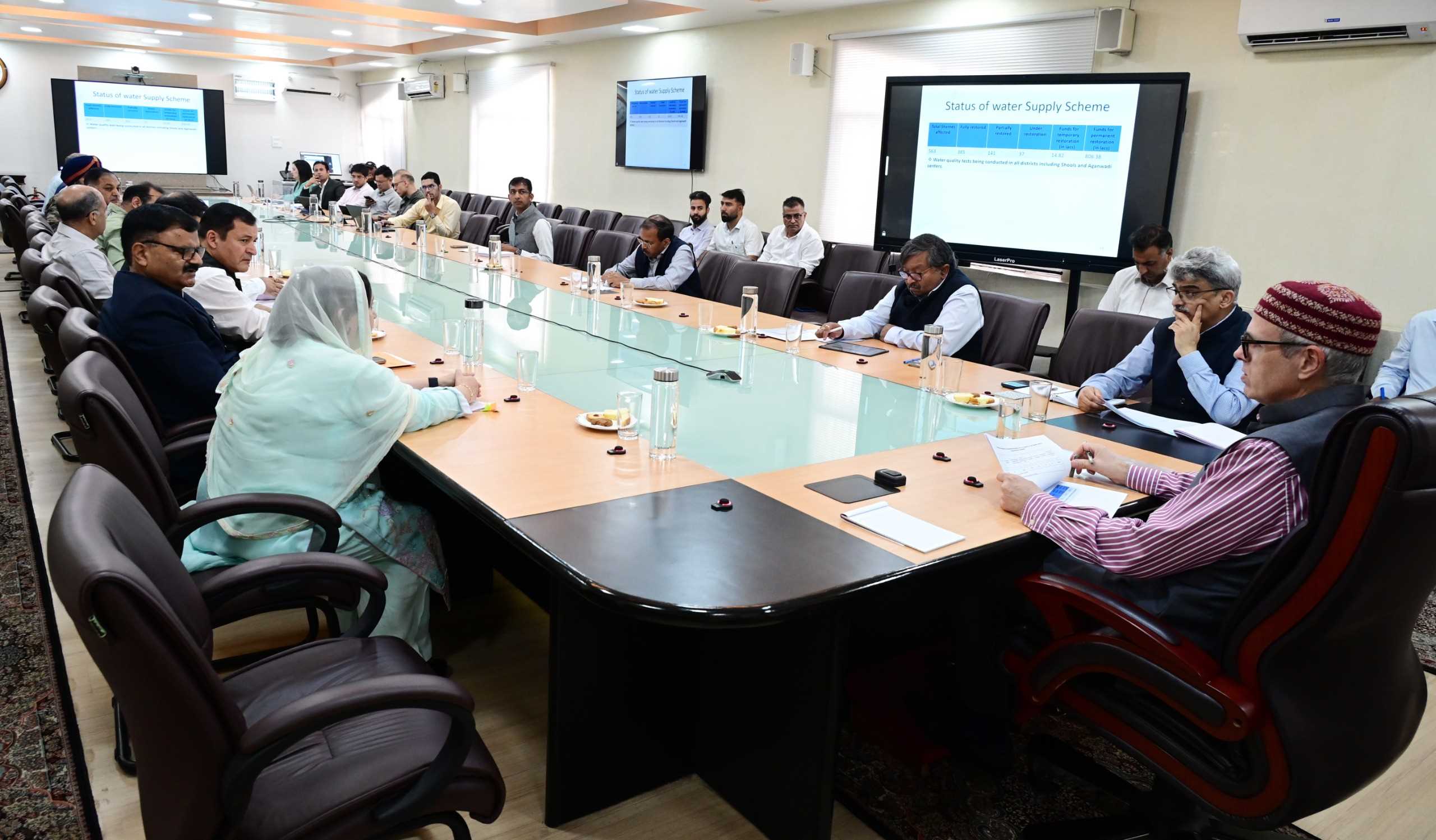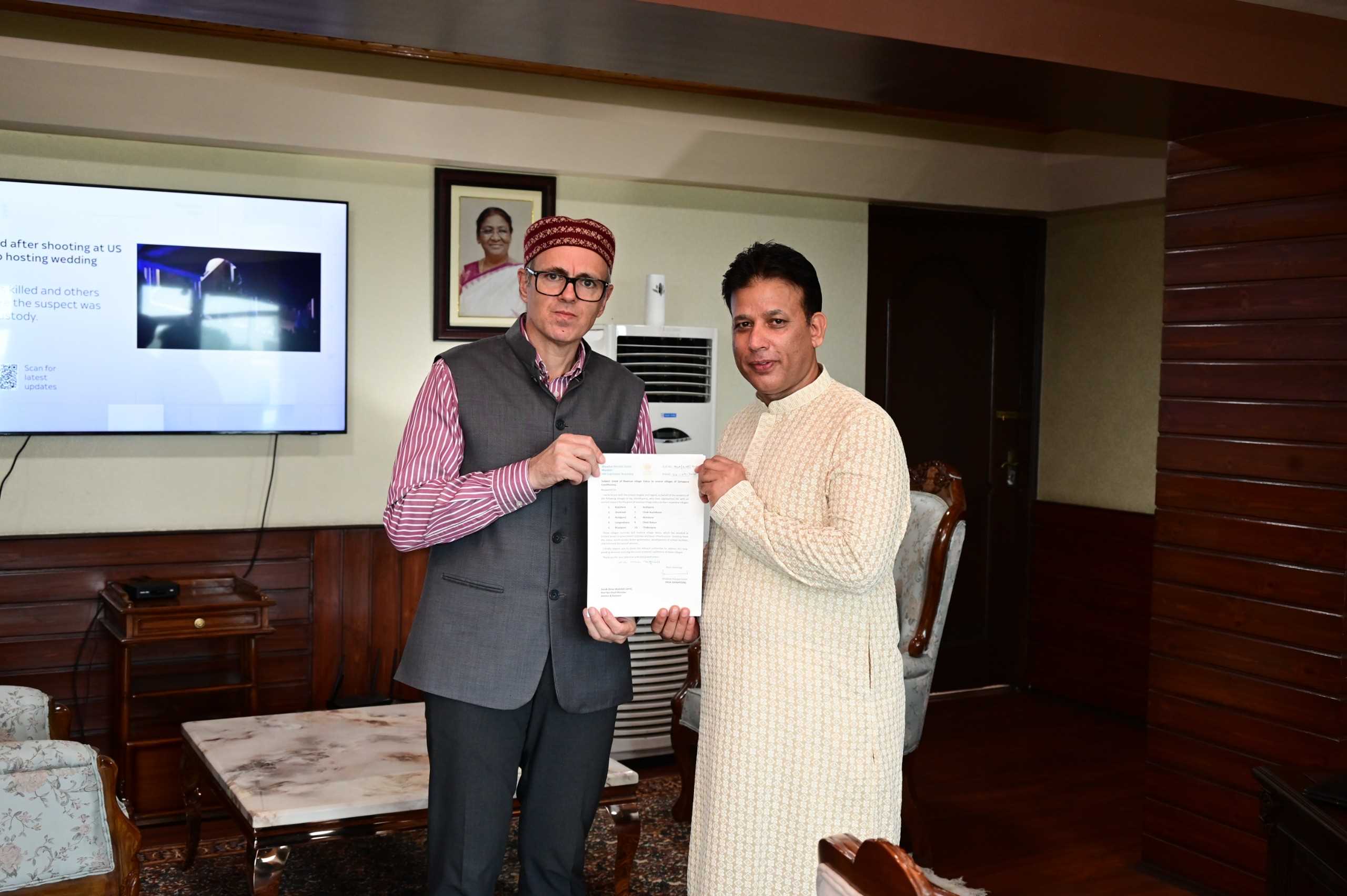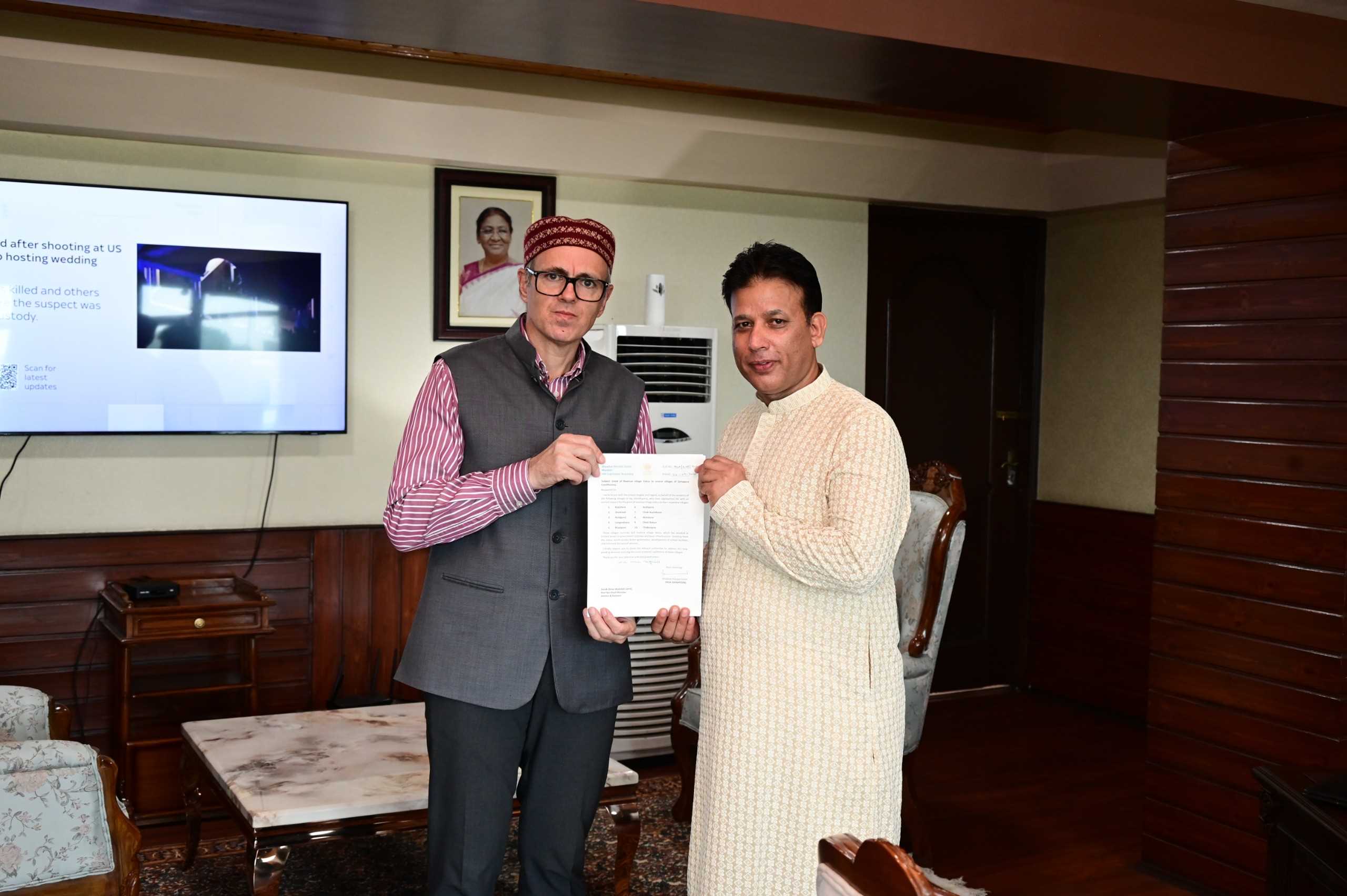In the highly charged healthcare environment of Jammu and Kashmir, today's doctors must walk a precarious tightrope between public perception and professional duty. From hospital corridors to cyberspace, the medical profession is being tested on two major fronts: a disturbing rise in violence against doctors and growing concerns over ethical lapses within the profession.
This is not a simple black-and-white story of heroes and villains. What emerges is a stark and troubling image of a system under immense pressure—an institution in crisis.
Violence in Hospitals
One side of this crisis is marked by brutal acts of violence against doctors. In overcrowded, under-resourced hospitals, doctors are increasingly being attacked—sometimes while performing critical duties. A recent incident at a leading government hospital’s emergency wing saw a doctor assaulted by a patient’s attendant after a fatal outcome. The attack triggered the suspension of services, widespread public outrage, and renewed calls for enhanced security in hospitals.
Such incidents are not isolated—they reflect a growing tension between a desperate, grieving public and a healthcare system stretched to its limits.
Digital Age Ethics
The other side of this dilemma unfolds online. In one case, a medical student uploaded a celebratory video from his first experience in an operation theatre. Though perhaps well-intended, the video raised serious concerns around ethics, patient consent, and professionalism. Regulatory bodies quickly responded with strict advisories prohibiting the sharing of clinical content online that could breach privacy or harm the reputation of the profession.
Both the physical violence and the digital missteps are deeply connected. They reveal the widening cracks in the healthcare system: long shifts, poor infrastructure, public mistrust, and lack of empathy and communication from all sides.
A Culture Under Scrutiny
Public backlash has even touched hospitals like Lal Ded, where doctors were caught recording videos on hospital premises. Even without direct breaches of confidentiality, recording in sensitive zones—like maternity or emergency wards—raises critical questions about professionalism and misplaced priorities.
Adding to the strain is the frequent absence of senior doctors during night shifts. Reports indicate that junior residents are often left to handle critical emergencies in high-risk hours with minimal supervision. In such situations, senior doctor presence is not a luxury—it is an ethical and professional necessity.
Prescription Practices: Ethics vs. Incentives
Further eroding trust are allegations about doctors prescribing expensive branded medicines, available only at specific nearby pharmacies. Patients increasingly suspect that such practices are influenced by pharmaceutical incentives rather than medical need. To address this, doctors are now being encouraged to prescribe by generic names, enhancing transparency and reducing cost.
This simple shift could go a long way in restoring public faith and upholding the ethics of a profession long regarded as sacred.
Where Do We Go From Here?
While authorities have implemented measures—mandating white coats and name tags, improving security, and calling for senior supervision—these are only surface-level fixes. The deeper problems remain unaddressed: staff shortages, poor facilities, lack of training in communication, and the cultural breakdown between doctor and patient.
What the healthcare system in Jammu and Kashmir urgently needs is not selective punishment, but systemic reform.
Doctors must be protected—but they must also uphold the highest moral standards. Hospitals need security—but they also require compassionate leadership. The public needs justice—but must also acknowledge the immense pressures medical workers face every day.
The crisis is not just about infrastructure; it is about credibility, compassion, and culture. When doctors become influencers and hospitals turn into battlegrounds, the social contract between healer and patient begins to unravel.
If we continue to erode the meaning of the white coat, we risk hollowing out the heart of healthcare itself.
Email:---------------sheikhzaiin@gmail.com






